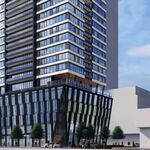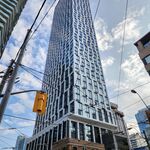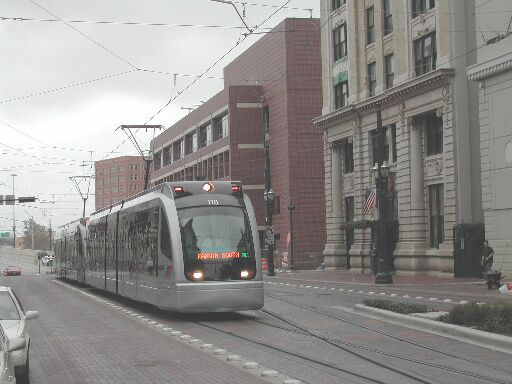I've made the assumption most people are destined for Yonge -- thus the total capacity of the line is the capacity at Sheppard/Yonge station. Double the length of the route with LRT and you have hit maximum capacity the LRT line offered pretty much on opening day.
Doubling the length wouldn't double ridership. Many of the people getting on at Fairview come from further past the end of the line anyways. Also, the further out you go, the fewer people are riding all the way in to Yonge. I think on Sheppard there would be a lot of shorter trips. Like you said, also, demand could be reduced by putting a parallel LRT line on Finch.
The Sheppard subway is overkill at this point and will be for a long time. A fast LRT extending to Malvern, at perhaps half the cost, would have far greater benefits while meeting capacity singlehandedly for at least 25 years, or even indefinitely if an extended BD to STC was handling the large volumes of people heading downtown.
Steve Munro says that Calgary's LRT is expandable to 19,000 pph, which sounds exaggerated a bit. Sheppard's current design capacity is 8,450 pph, expandable to maybe 30,000. What is it carrying now -- maybe 7000 at peak?
Anyways, to answer the question posed, the Sheppard line is a minor debacle. It is providing minor benefits, and certainly isn't hurting anybody, but a lot more could have been done for the money. Taken together with the Vaughan expansion it is a major debacle. The TTC has demonstrated that the minimum funding for a new project is over $1 billion dollars. We've set ourselves up for a very slowly expanding transit system.
As for its future -- it should be extended immediately to Vic Park. At that point you want to continue to Kennedy, but there's almost no point doing that without going all the way to STC, and right now that's almost as big a waste of money as going to Vaughan. In time it'll be worthwhile which makes this line the perfect candidate for an ongoing, 1-station-every-3-years expansion.





